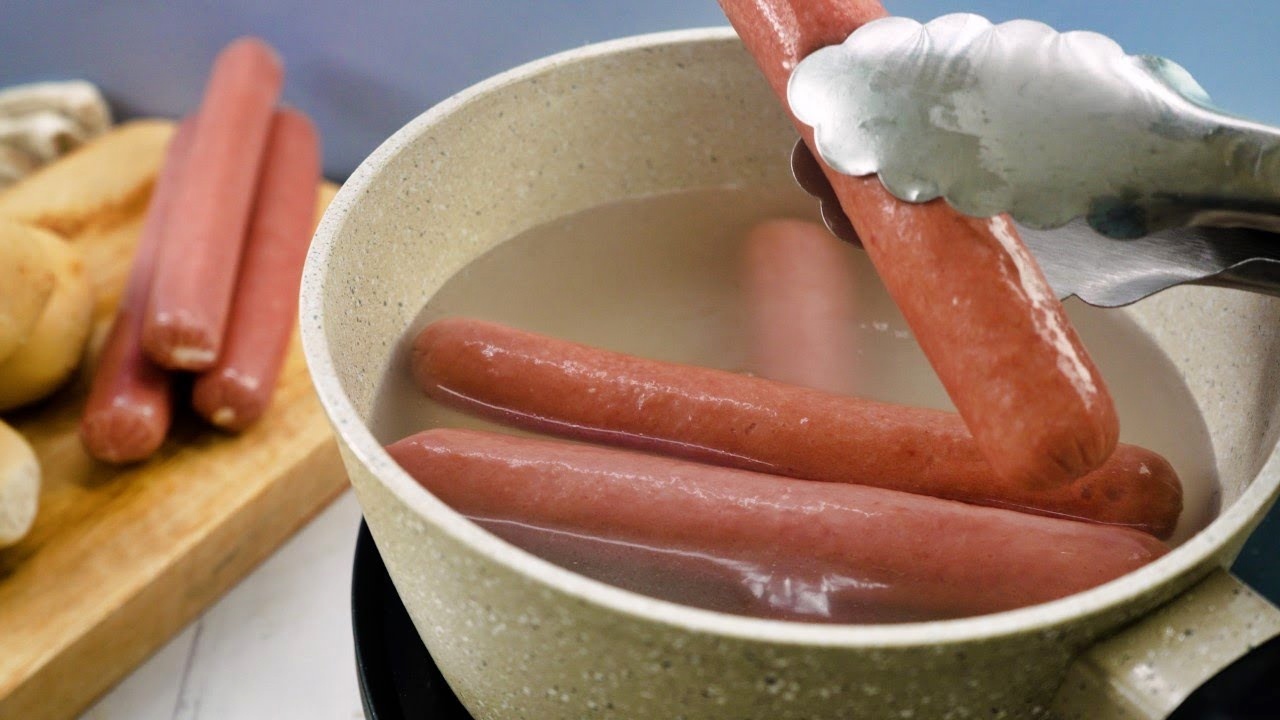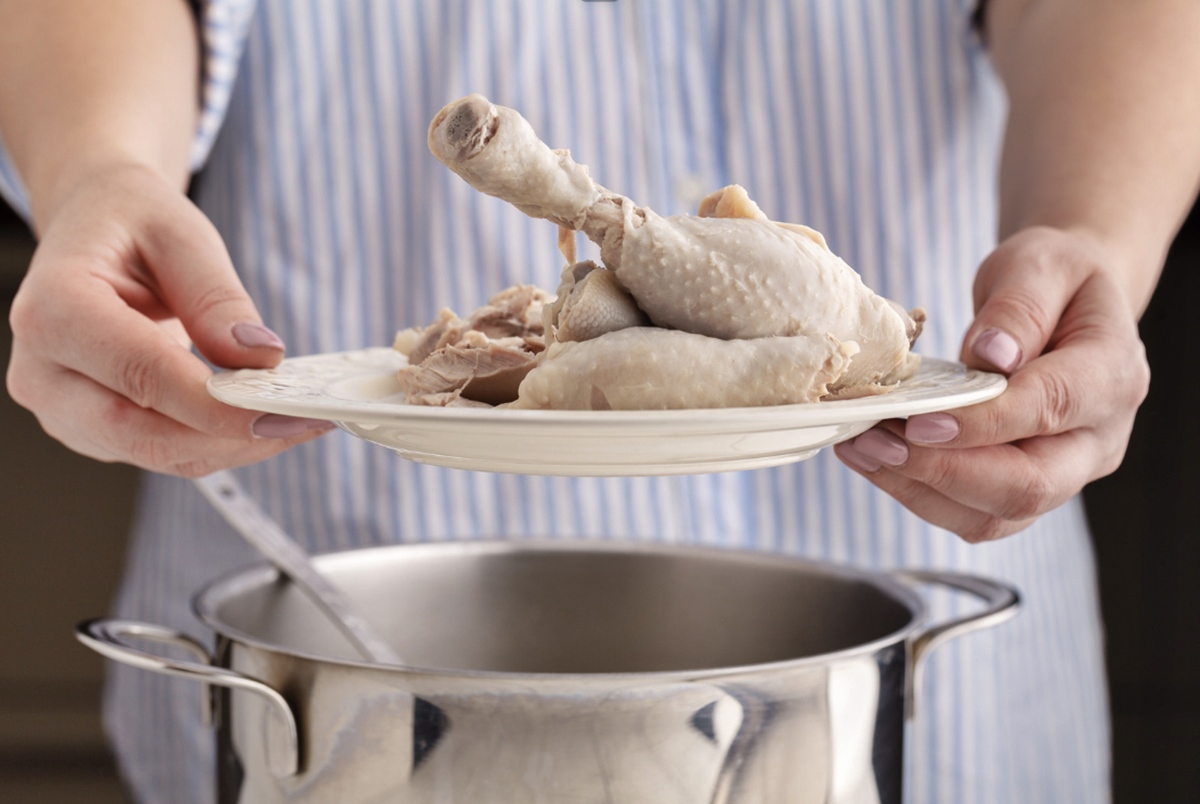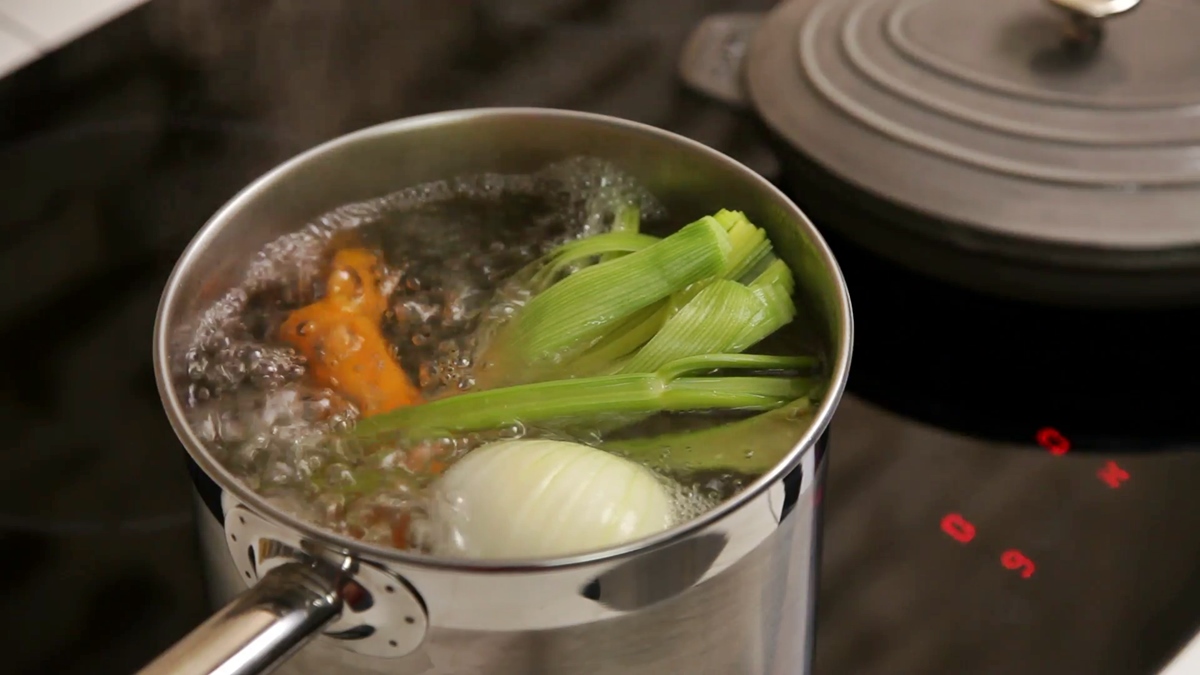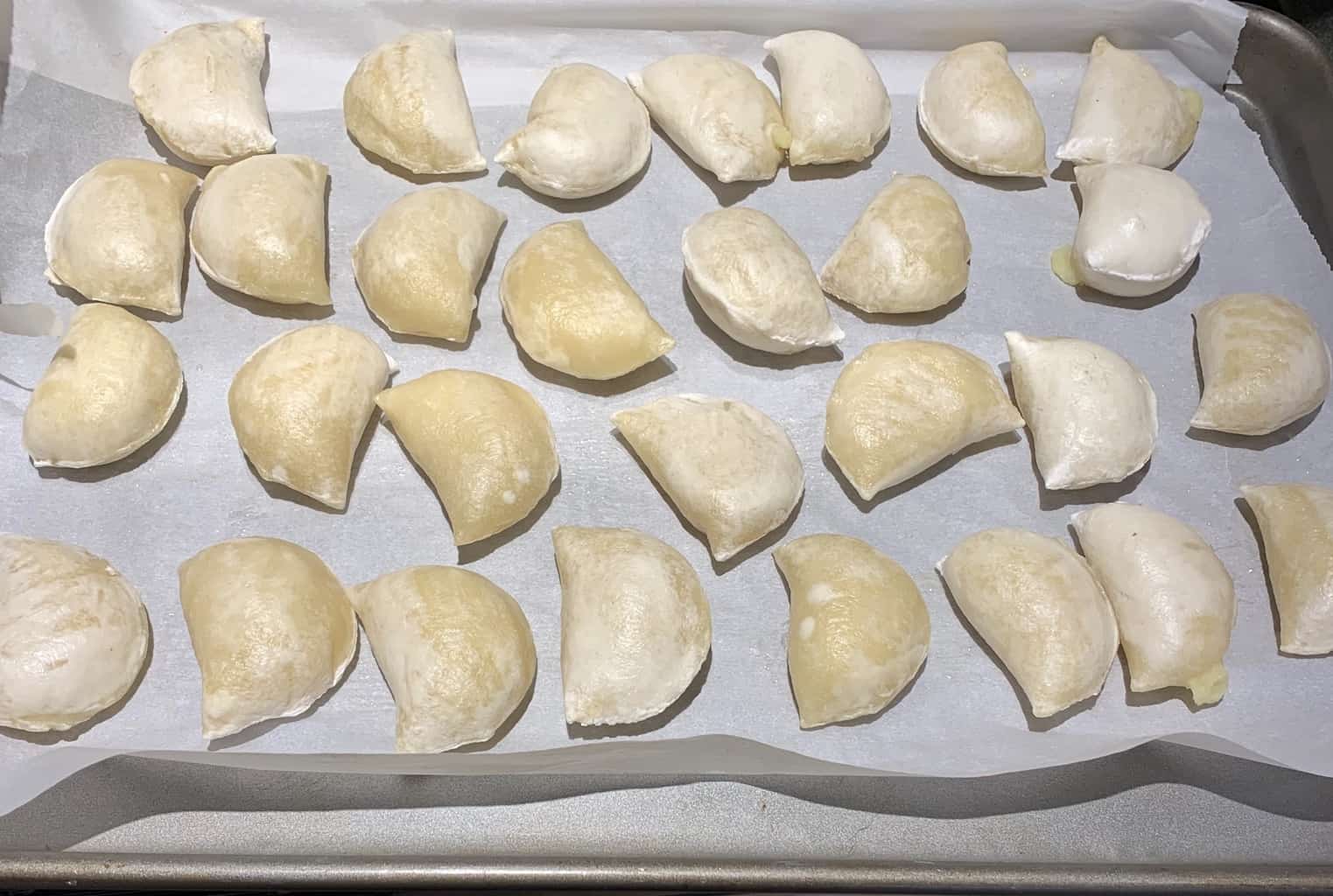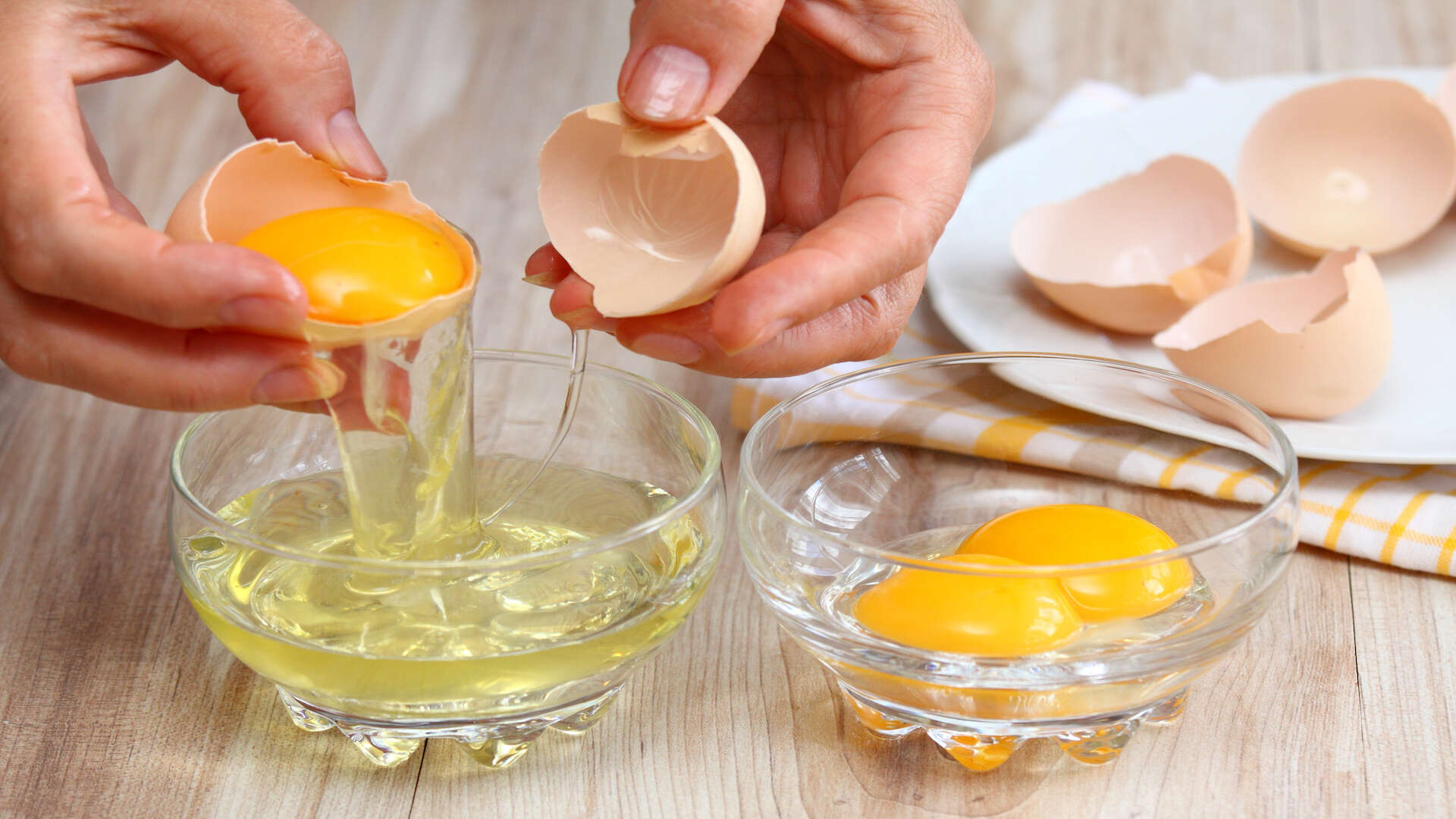How To Boil Eggs For Coloring Without Cracking
If you are planning to add some vibrant colors to your Easter celebrations, there’s no better way than by coloring eggs. However, the process of boiling eggs for coloring can sometimes be tricky, as eggs have a tendency to crack during cooking. But fear not! With these simple tips and tricks, you can boil eggs for coloring without any cracks.
1. Start with fresh eggs
- Using fresh eggs is important as older eggs tend to have thinner shells, making them more prone to cracking.
- Choose eggs that are not nearing their expiration date to ensure their freshness.
2. Gently place eggs in a single layer
- When placing the eggs in the pot, make sure they are in a single layer rather than stacked on top of each other.
- Stacking the eggs can increase the pressure and may result in cracks.
3. Use room temperature eggs
- Avoid using eggs straight from the refrigerator, as the sudden change in temperature can cause cracks.
- Allow the eggs to sit at room temperature for around 10-15 minutes before boiling them.
4. Add a dash of salt or vinegar
- Adding a small amount of salt or vinegar to the boiling water can help prevent eggs from cracking.
- It is believed that salt or vinegar strengthens the eggshells and makes them more resistant to cracking.
5. Start with cold water
- Place the eggs in a pot and cover them with cold water.
- Starting with cold water and gently bringing it to a boil can reduce the chances of cracking.
6. Use a timer
- Set a timer as soon as the water starts to boil.
- Boil the eggs for about 8-10 minutes for a hard-boiled result, or slightly less if you prefer a soft-boiled egg.
7. Cool them down
- Once the eggs are boiled to your desired consistency, remove them from the heat and place them in an ice bath.
- Cooling the eggs rapidly helps stop the cooking process and makes them easier to handle.
By following these simple steps, you can boil eggs for coloring without the worry of cracks. Now you can enjoy a fun and colorful Easter celebration with beautifully dyed eggs!
Remember, practice makes perfect. Don’t be discouraged if you don’t get it right the first time. Keep experimenting and soon you’ll master the art of boiling eggs for coloring without any cracks!
For those looking to put their newly acquired egg-boiling skills to use, there are a variety of delicious recipes to try. One can start with the Classic Deviled Eggs Recipe, which is a crowd-pleaser and allows for creativity in decoration. The Egg Salad Sandwich Recipe is perfect for a quick and satisfying lunch, while the Pickled Eggs Recipe offers a tangy twist that preserves your beautifully boiled eggs. If you're in the mood for something more hearty, the Traditional Scotch Eggs Recipe is a fantastic choice. For a lighter option, the Cobb Salad Recipe combines hard-boiled eggs with a medley of fresh ingredients. Each of these recipes not only showcases your skill in boiling eggs without cracking but also delivers a flavor-packed experience worth trying.
Was this page helpful?
Read Next: How To Boil Eggs To Dye For Easter




